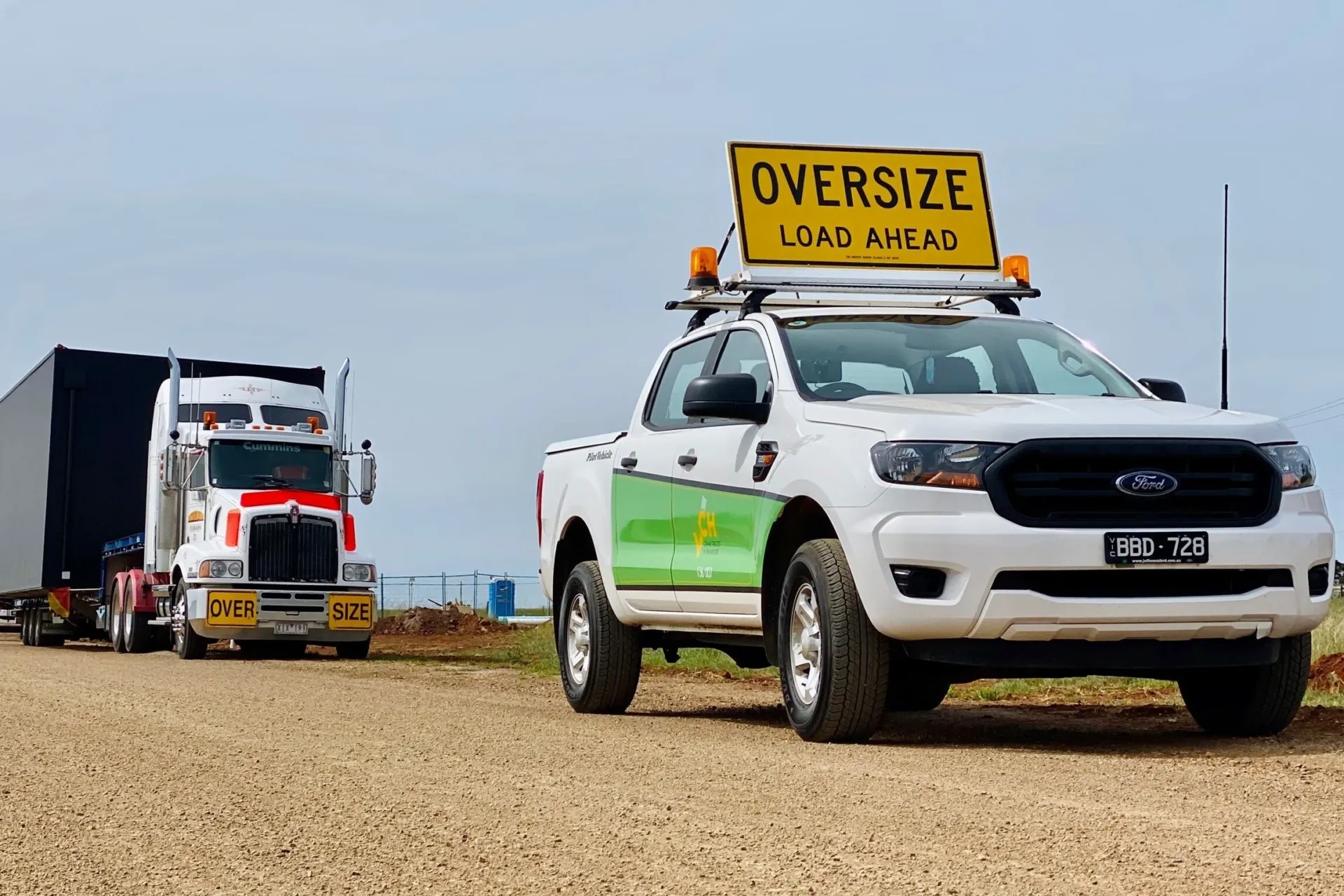CSA Scores & CAB Alerts: What They Mean, Why They Matter, and How to Fix Them
What Are CSA Scores and CAB Reports?
-
More data
-
Greater visibility into risk indicators
-
Detailed breakdowns of safety performance
A CAB report includes:
-
ISS scores
-
DOT ratings
-
BASIC alerts
-
Crash percentages
-
Serious violations
Key Metrics in a CAB Report
|
Metric
|
What It Means
|
|---|---|
|
DOT Rating
|
Official safety rating: Satisfactory, Conditional, or Unsatisfactory
|
|
ISS Score
|
Inspection Selection System score (1–100) that determines likelihood of inspection
|
|
BASIC Alerts
|
Violations across seven categories that trigger alerts and raise ISS scores
|
|
Crash %
|
Percentage of crashes per power unit (e.g., 1 crash every 2 years with 10 units = 10%)
|
ISS Scores: Green, Yellow, Red
|
Score Range
|
Color
|
What It Means
|
|---|---|---|
|
1–49
|
🟢 Green
|
Low inspection priority; usually waved through
|
|
50–74
|
🟡 Yellow
|
Medium priority; inspection depends on officer discretion
|
|
75–100
|
🔴 Red
|
High priority; DOT is supposed to inspect
|
-
Out-of-service rates
-
BASIC alerts
-
Serious violations
BASIC Categories & Common Violations
|
Category
|
Common Violations
|
|---|---|
|
Unsafe Driving
|
Speeding, no seatbelt, reckless driving
|
|
Vehicle Maintenance
|
Burnt-out light bulbs, cracked windshields, worn tires
|
|
Hours of Service
|
False logs, exceeding daily driving limits
|
|
Controlled Substances
|
Drug/alcohol use (weed, DUI, etc.)
|
|
Driver Fitness
|
Expired licenses, missing medical cards, CDL issues
|
|
Hazardous Materials
|
Missing placards, incorrect endorsements
|
|
Crash Indicator
|
Frequency of crashes per power unit
|
How to Improve Scores by Category
1. Unsafe Driving
-
Install speed limiters to reduce speeding.
-
Use ELD systems like Motive to monitor driver behavior.
-
Reward clean inspections with bonuses ($200–$300).
-
Promote a culture of safety and accountability.
2. Vehicle Maintenance
-
Conduct pre-trip and post-trip inspections every time.
-
Keep spare parts (light bulbs, fuses, etc.) in each truck.
-
Use maintenance software like Fleetio for digital inspections and service tracking.
-
Address common issues like tire wear, windshield cracks, and brakes immediately.
3. Hours of Service
-
Invest in reliable ELD systems—avoid low-quality options.
-
Train drivers on proper log use and compliance.
-
Avoid dispatching loads that require violating HOS limits.
4. Controlled Substances & Alcohol
-
Conduct random drug and alcohol testing.
-
Immediately terminate drivers with DUIs or positive tests.
-
Keep detailed documentation of background checks and corrective actions.
Real Story:
A fleet of 11 trucks had a driver steal a truck and commit murder. Despite a $2M payout, their insurer renewed them at the same rate because they had strong documentation and a proactive safety culture.
5. Driver Fitness
-
Track CDL expirations, medical card renewals, and endorsements with spreadsheets or software.
-
Set automated reminders to avoid lapses.
-
Communicate deadlines clearly to drivers.
6. Hazardous Materials
-
Understand placard and endorsement requirements.
-
Use DataQs to challenge false violations (FMCSA recently issued mass false hazmat alerts).
7. Crash Indicator
-
Install forward-facing dash cams; use dual-facing if crash rates are high.
-
Pair new drivers with experienced mentors during onboarding.
-
Monitor for fatigue and risky driving patterns.
Final Thoughts: Culture Is Everything
-
Inspections
-
Maintenance logs
-
Drug and alcohol testing
-
Driver monitoring




